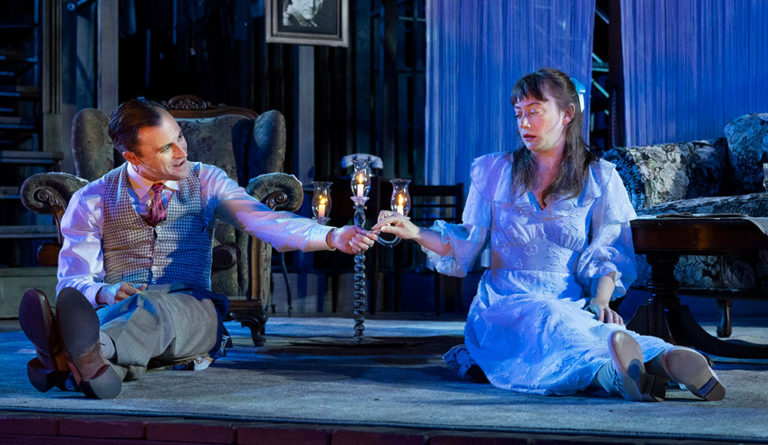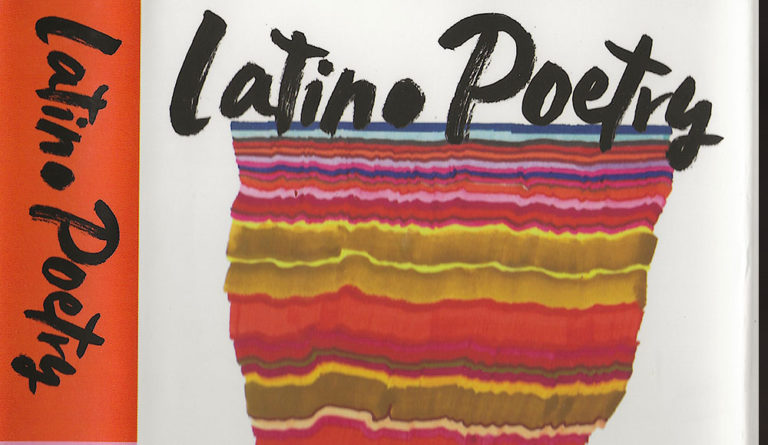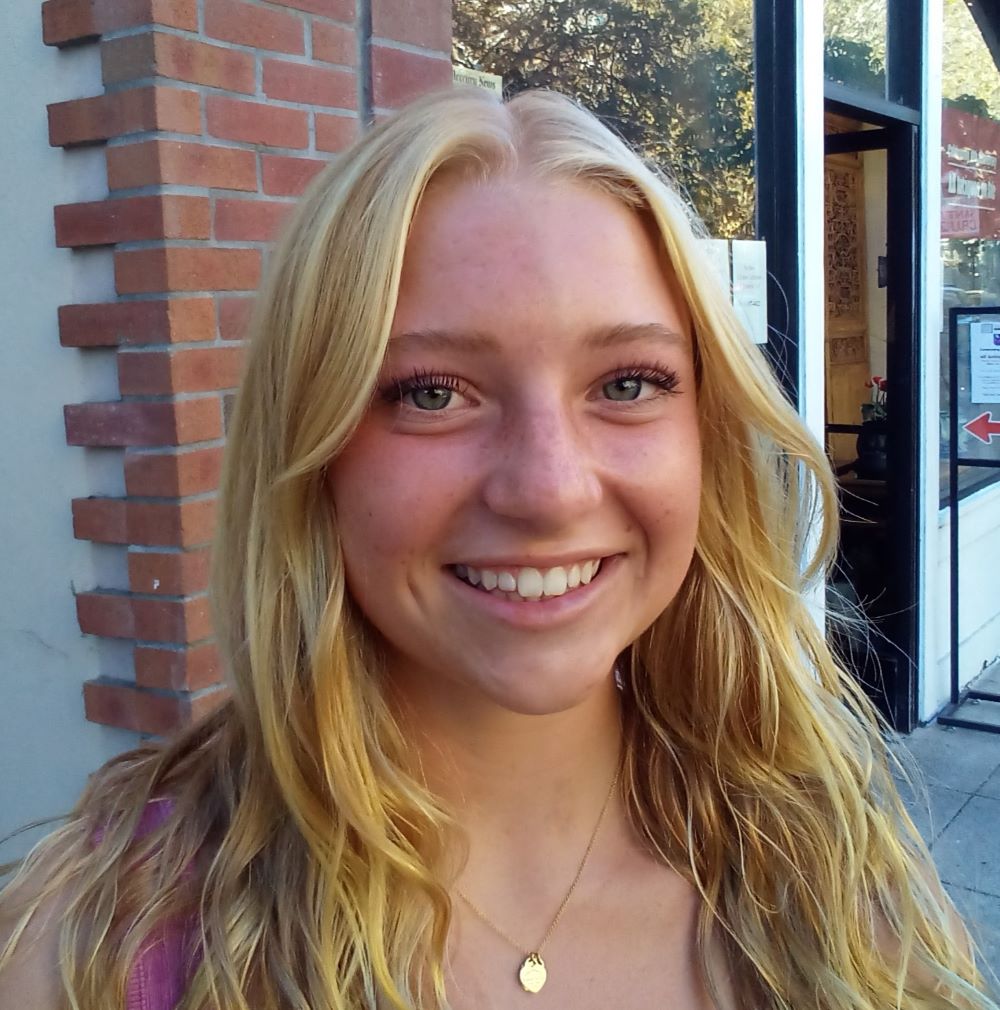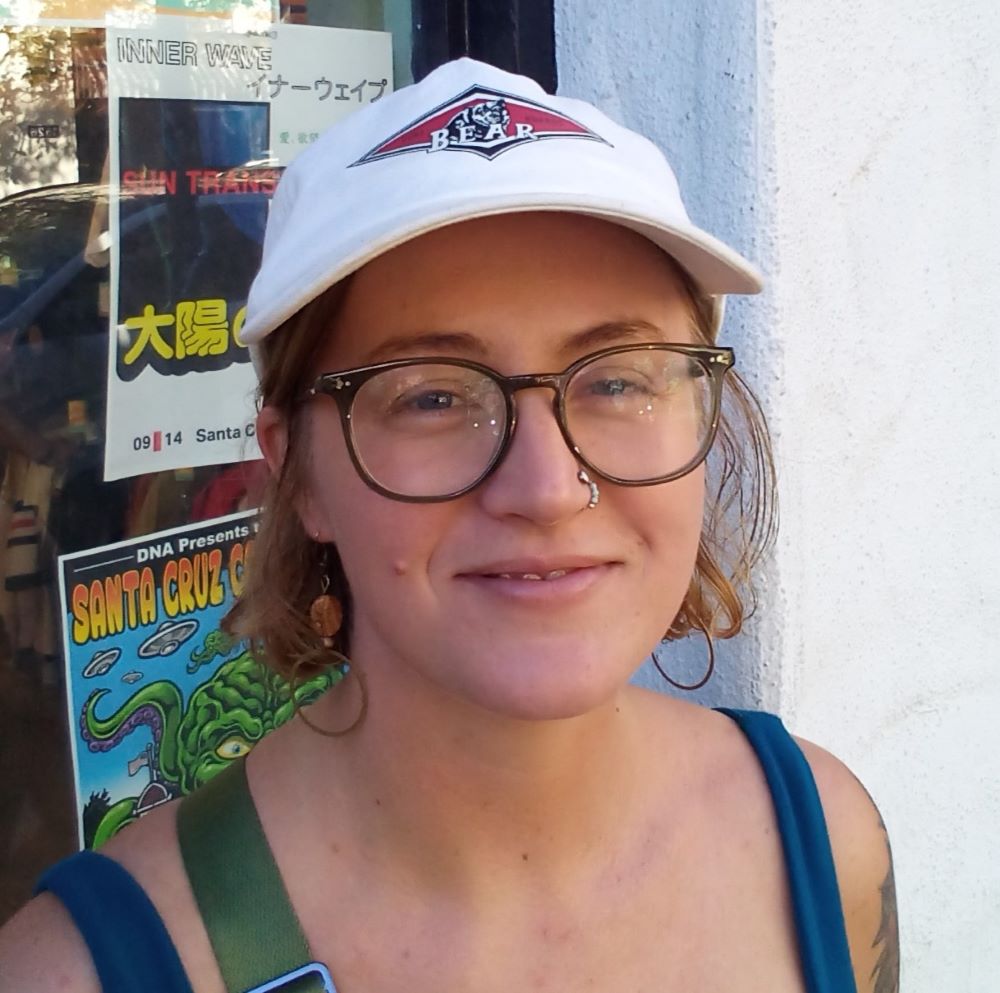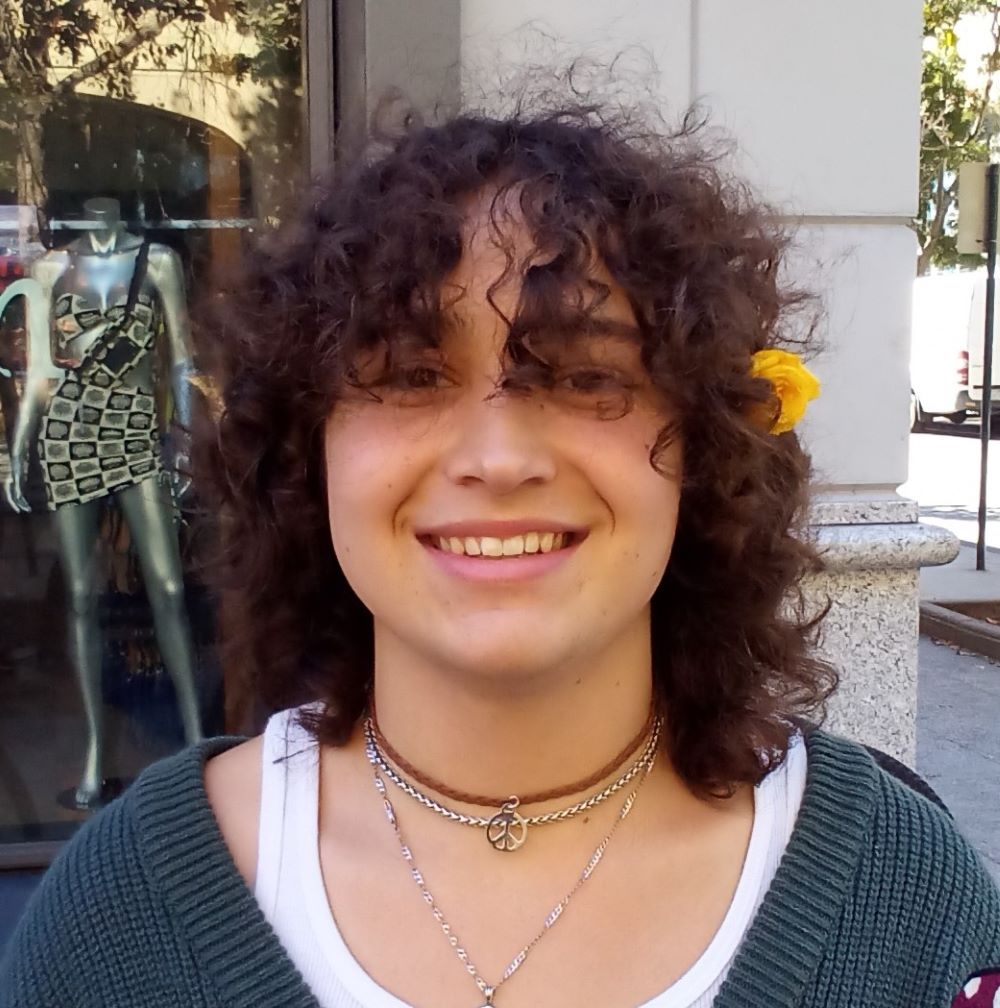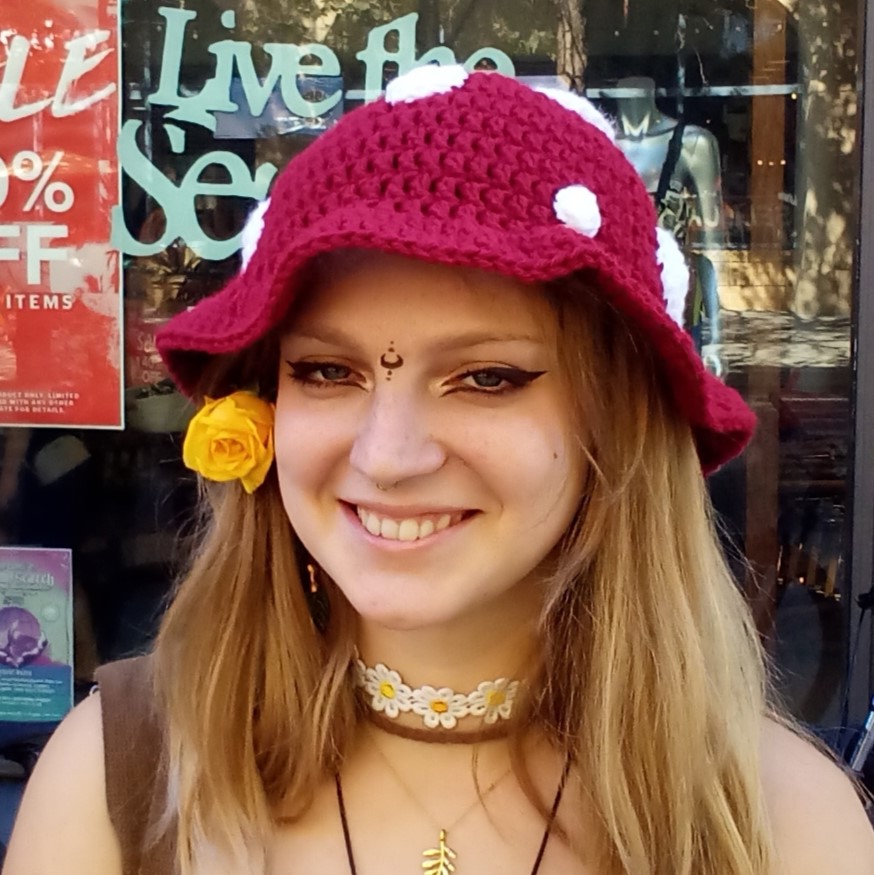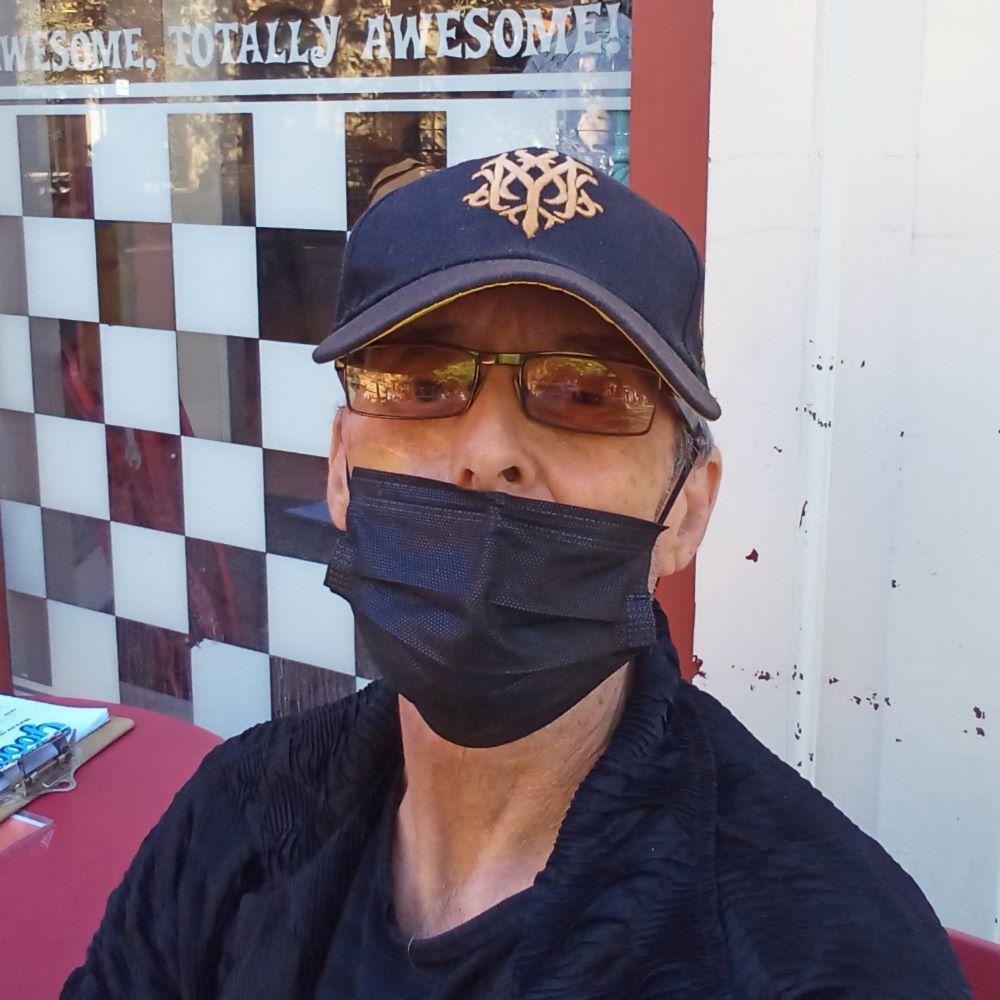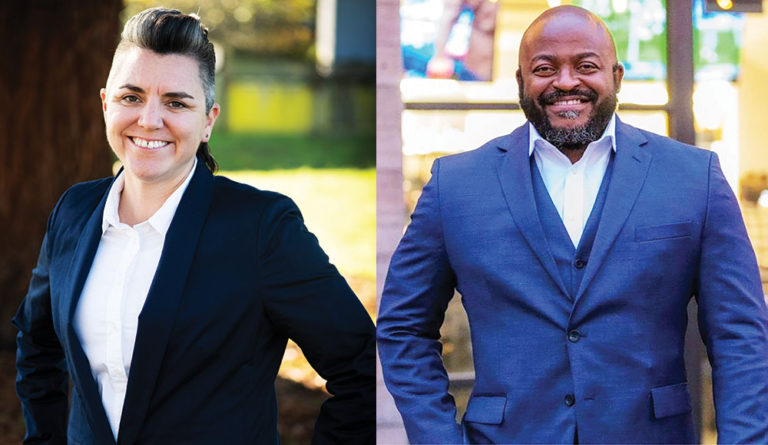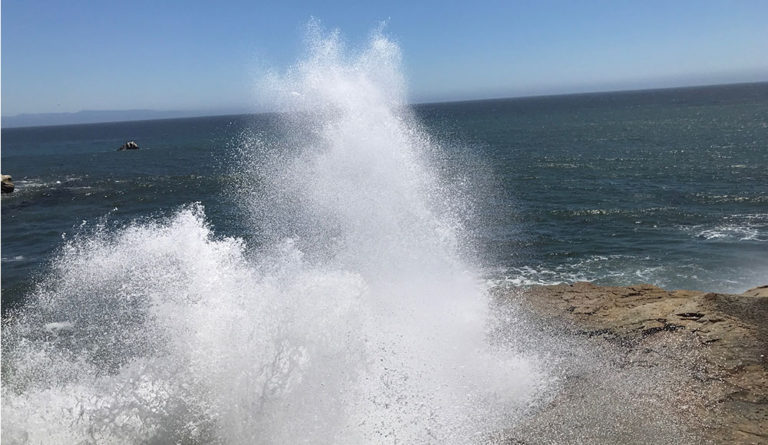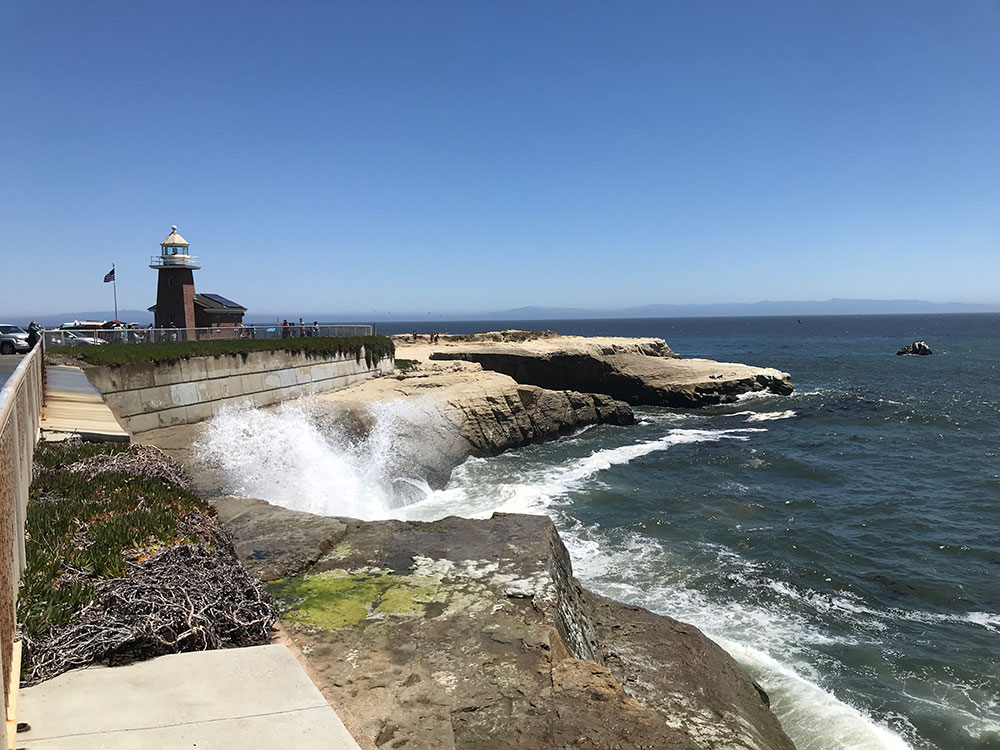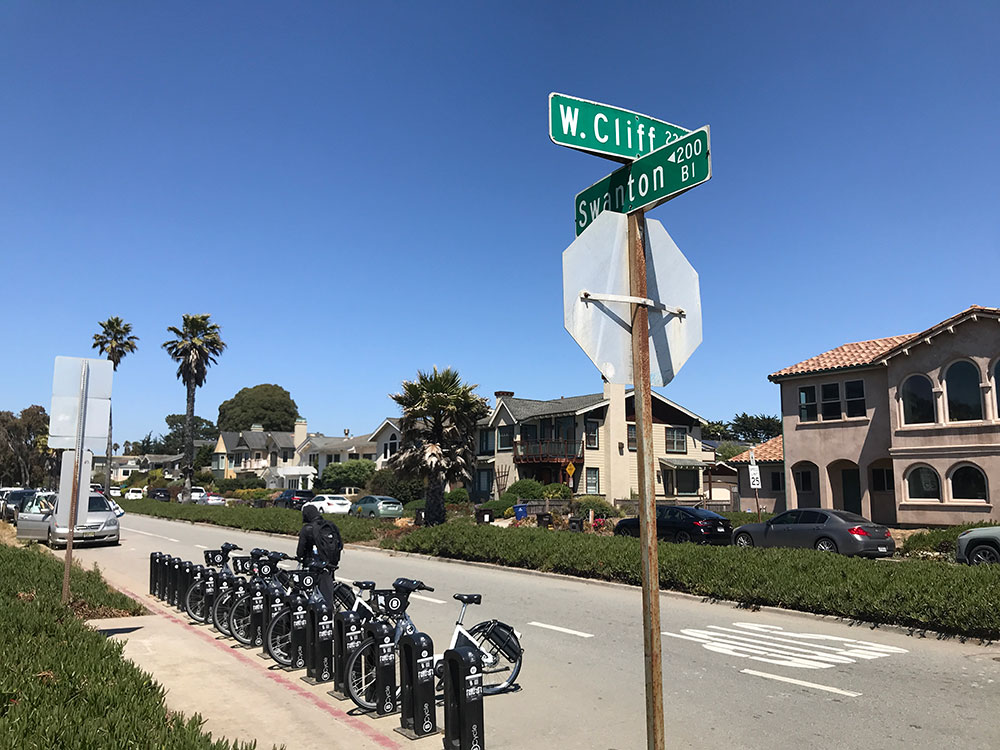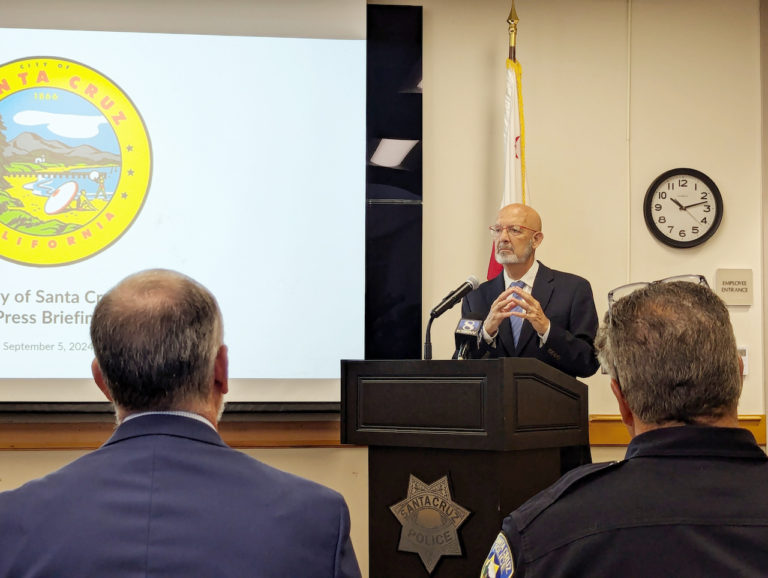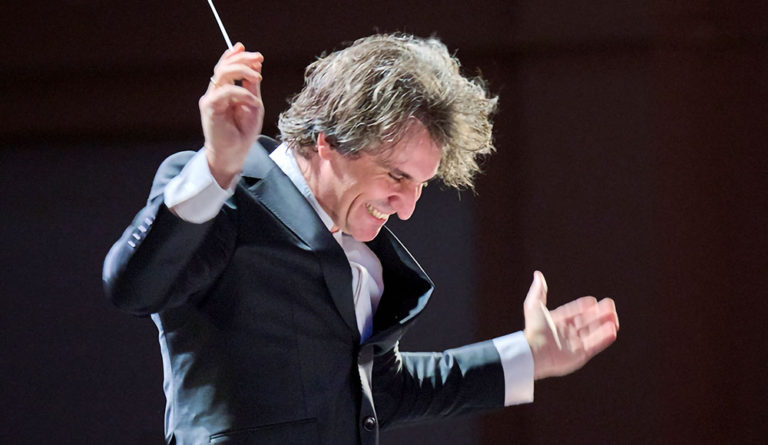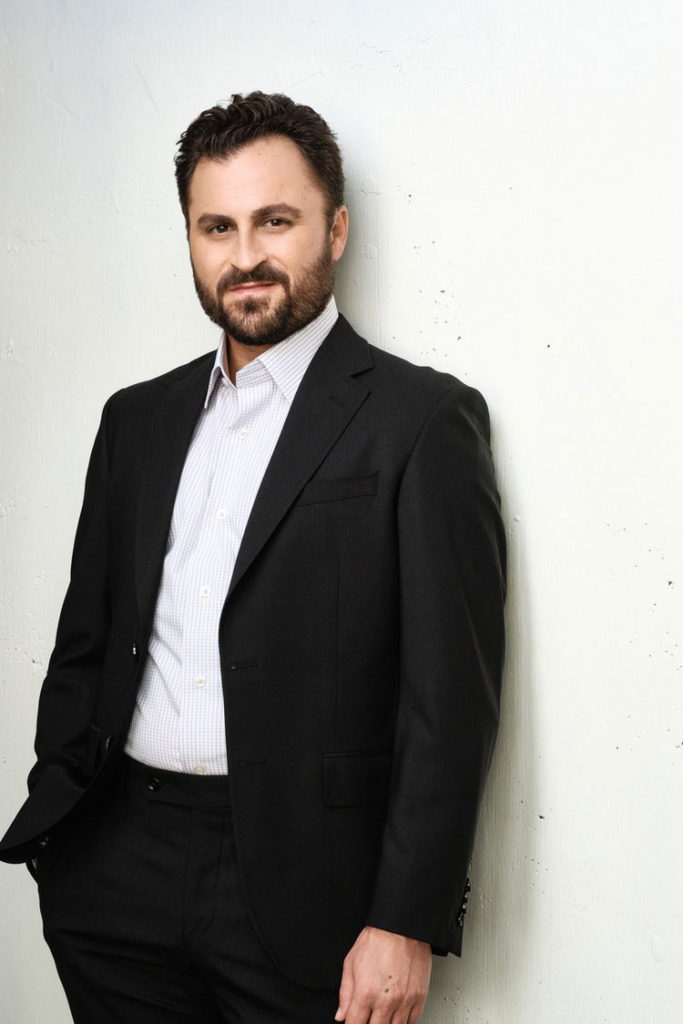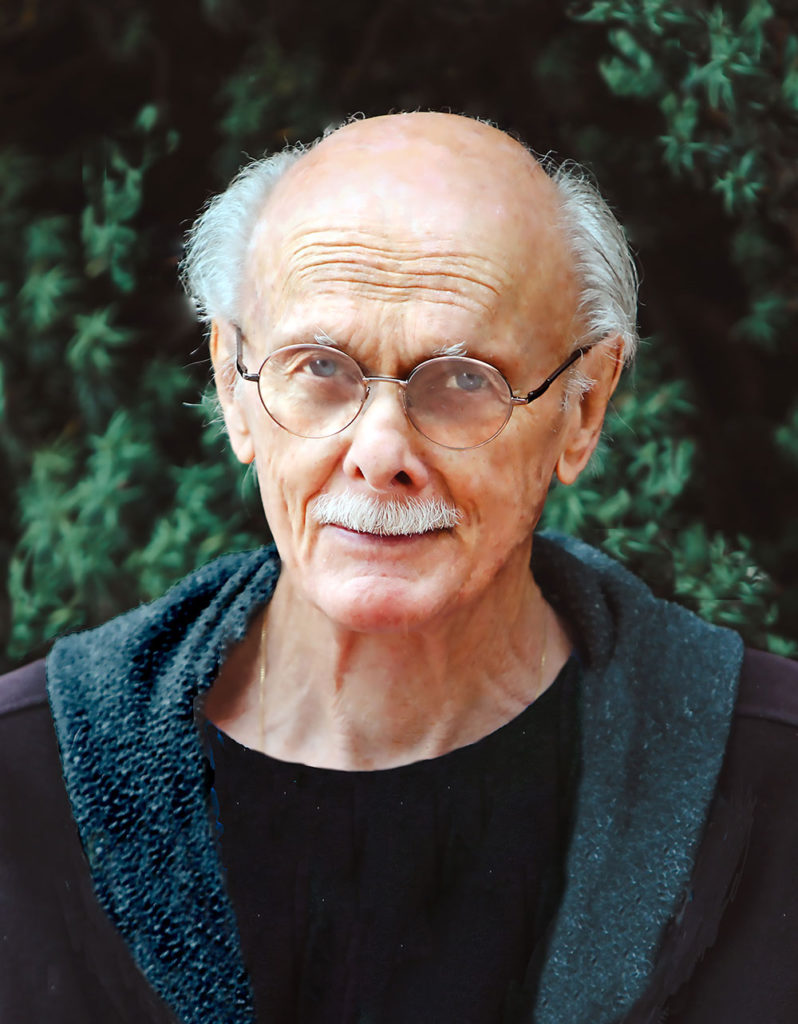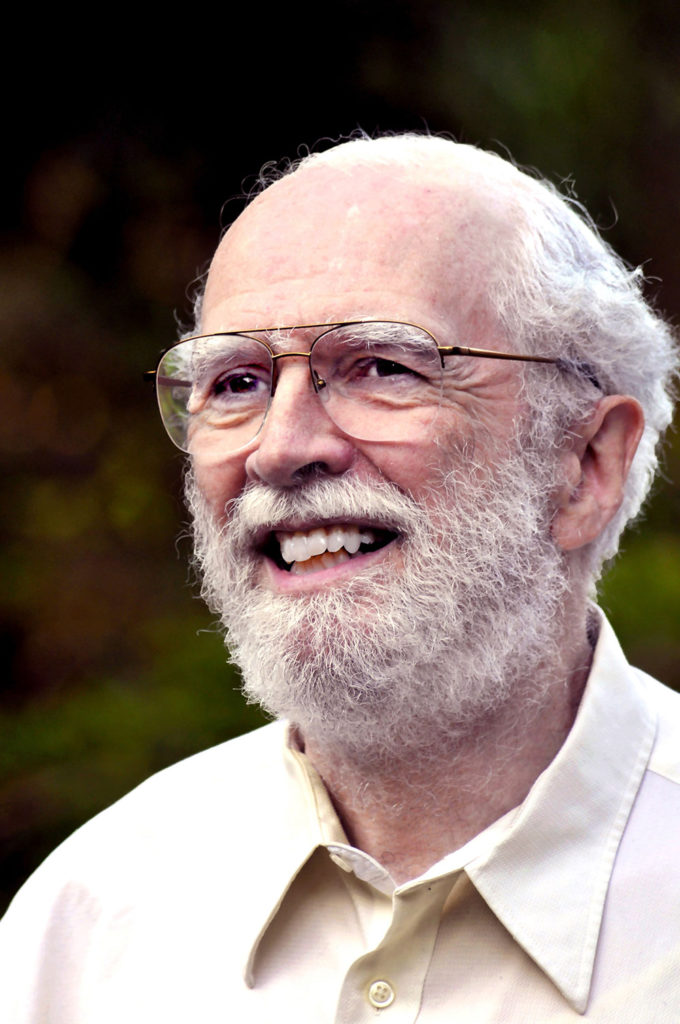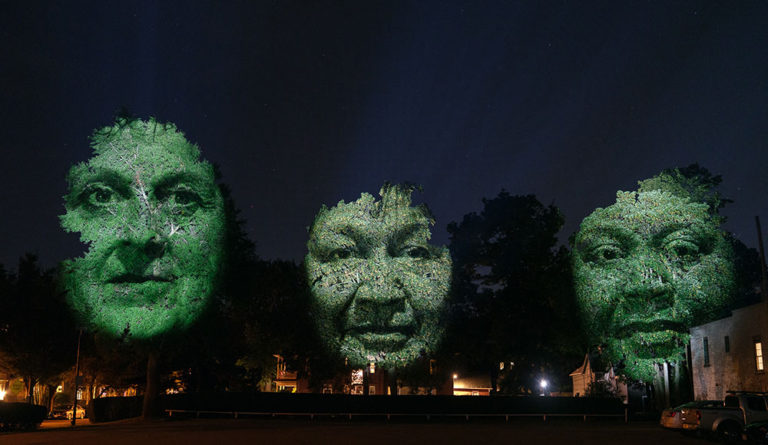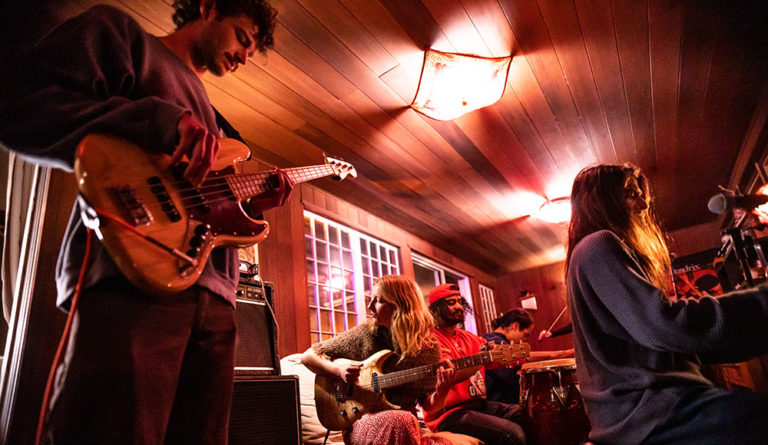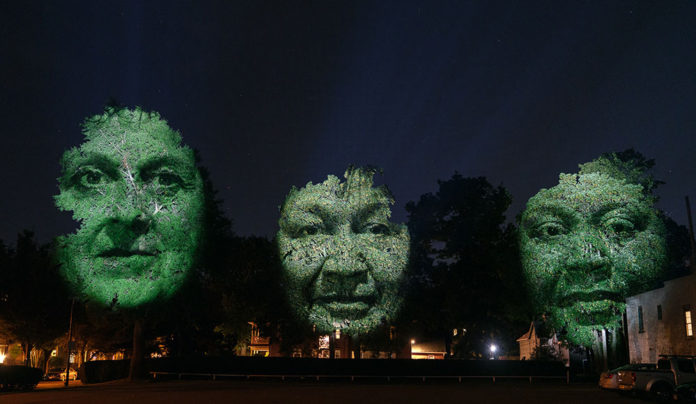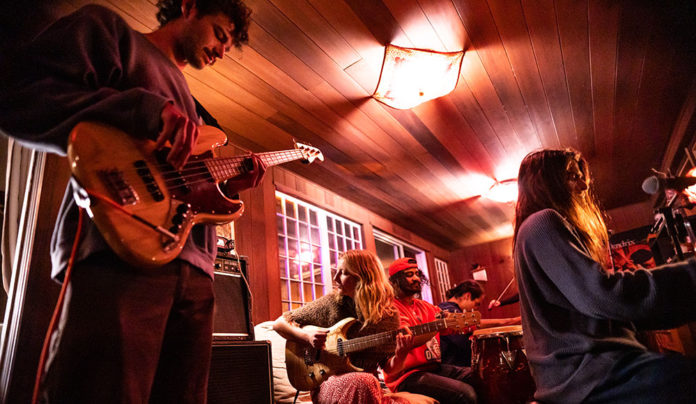Santa Cruzans who don’t believe in UFOs and think accounts of those who have seen them are crazy might feel differently after seeing a speech by Daniel Sheehan this coming Saturday at a mini festival called the Intergalactic Gathering, which also features bass music, dancing and art.
“The silicon chip and entire computer movement came out of the Roswell crash,” Sheehan says. “Also all of the fiber optics and some of the night vision equipment [the government] has come from UFO crafts.”
I know what you are thinking….but this speaker has some amazing credentials.
Sheehan is a Harvard Law graduate who was also a professor at UC Santa Cruz during the 2010s and taught classes such as “The Trajectory of Justice” and “Alternative Theories to the JFK Assassination.”
His résumé includes working as an attorney on fundamental cases concerning the Pentagon Papers, Watergate, the Attica Prison riots, the Iran-Contra scandal, Three Mile Island, the Greensboro Massacre and the Karen Silkwood case.
But most relevant to this Intergalactic Gathering—held at the 418 Project in Downtown Santa Cruz—Sheehan has inside access to the government’s UFO investigations and is fighting to ensure the public can see long-hidden documents.
“I was shown the Top Secret portions of Project BLUE BOOK,” Sheehan says confidently and matter-of-factly over the phone, speaking about one of the U.S. government’s original UFO investigation projects.
“That’s where I saw the photographs of the crash retrieval—the UFO crash retrieval. There was no doubt of what it was. You could tell this UFO crashed into the field and there were US military personnel all around it taking pictures and film of it while they were trying to drag it out.”
Sheehan was referencing the time in 1977 when he was special counsel to the Congressional Research Service study on all the information the government had on the UFO phenomenon, sanctioned by President Jimmy Carter. Since then he has become one of—if not the—leading attorneys on UFO (or, as the military now refers to them, Unidentified Anomalous Phenomenon or UAP) disclosure. For 20 years he represented Steven Greer’s Disclosure Project and currently represents ex-military official turned whistleblower Luis Elizondo.
On Saturday Sheehan will discuss some of the latest, up-to-date information about UAPs, what the government has known for years and how he and his New Paradigm Institute (a 501(c)(3)) nonprofit are working to pass legislation in Congress to give future whistleblowers more protection to speak out.
“It’s important for regular citizens to know what is going on so we can participate in the decision-making process,” Sheehan says. “But most people don’t feel like they know what is going on because you turn on the TV and it’s all propaganda.”
In true Santa Cruz style, the event is more than just a discussion on non-terrestrial crafts and beings. After Sheehan drops what is sure to be some major truth bombs, Bay Area self-described “Alien Bass DJ” Shlump (the alias for Michael Petzel) is going to spin some new music and old favorites for an identifiable fun party. The lobby will act as a transition zone with live art and vendors.
“Everything that Danny is talking about is serious, real and to be respected,” says one of the promoters, Michael Smith, of Points Collected. “So we wanted to choose some musical accompaniment that reflects that. [Shlump] has gone down the wormhole and knows all about disclosure and his way of creating music showcases that.”
Phoenix Rose of Heart Tribe Presents—the night’s other promoter—agrees.
“It’s a really unique opportunity to fuse serious information about this topic and music that highlights that type of energy,” he says. “It’s bridging two different crowds that have a lot more in common than they think.”
The idea came about when both Smith and Rose were discussing ways to throw a different kind of event with Sheehan’s son, Daniel Paul Nelson. Also a musician, Nelson has known and worked with Smith for over 10 years and became close to Rose after working with Heart Tribe Presents on a touring art project that sent 55,000 signatures to North Dakota’s state attorney’s office in support of dropping charges against Dakota Access Pipeline protesters.
“The idea for this event is to make sure Santa Cruz knows what’s going on concerning UAPs,” says Nelson, who is also the Lakota Law Director of Special Projects at the Romero Institute—Sheehan’s nonprofit law and public policy center located in Santa Cruz and the parent organization to the NPI.
For over 25 years the Romero Institute has been based out of Santa Cruz and was voted “Best Non-Profit” by Good Times readers in 2019 and 2021 with a “Runner Up” status in 2023.
Today the Romero Institute champions three causes: the Lakota People’s Law Project (relating to issues surrounding the 1978 Indian Child Welfare Act as well as water issues surrounding the 2016 Dakota Access Pipeline), Greenpower (relating to issues of renewable energy and climate change) and the New Paradigm Institute.
“The New Paradigm Institute is dedicated to disclosure,” Nelson says. “We’re working with a team of pro bono attorneys to write legislation and lobby for Congress.”
It was created in 2023 as a public policy and watchdog group originally to aid and follow the UAP Disclosure Act (which was later passed into law as part of the National Authorization Defense Act for Fiscal Year 2024) led by U.S. senators Chuck Schumer and Mike Rounds.
“We’re setting up citizen groups globally to pressure lawmakers and produce events to raise consciousness about UAPs,” Nelson says. “We recently just put forward a draft for whistleblower protection legislation.”
The electronic music world has never been a stranger to the idea of UFOs, extraterrestrials and the paranormal. Go to any gathering, rave, renegade or Burning Man and one is almost guaranteed to find some sort of “alien” symbolism, art or reference and Shlump is no different.
His tracks are mixed with heavy bass and robotic sounds that seem to come straight out of science fiction. His latest track, “Drum Beats Go Like,” which dropped this past May, puts the listener in the point of view of someone being abducted on an interstellar craft with an X-Files theme style opening and wave after wave of heavy, radiated beats.
“‘Alien Bass’ really describes the type of dubstep and electronic music I make,” Petzel explains. “It has a psychedelic, ethereal, spacey feel to it because the music I’m drawn to is a bit unorthodox and strange.”
Interested in UAPs and the existence of extraterrestrials since childhood, Petzel even named his latest tour the Alien Trip Tour. Although he’s never had an extraterrestrial or paranormal experience (“But I’ve always wanted to!” he exclaims), Petzel is a true believer.
“It’s crazy ignorant to not think there’s life on all different levels and scales out there,” he admits. “The universe is so vast and we only have knowledge of the tiny blip. Who knows what is out there?”
Ask Danny Sheehan, and he’ll tell you there’s a lot more people who are closer to the truth than they’re telling us.

AN EXTRAORDINARY LIFE
Despite known Ufologists (as UFO researchers are called) like Steven Greer and engineers like Bob Lazar—who claims he worked on reverse engineering non-human technology for the U.S. government and went aboard a recovered non-human craft—the modern UAP disclosure movement dates back to Dec. 16, 2017. That’s the day The New York Times published a groundbreaking article that said not only has the Department of Defense—and other national security organizations—known about UAPs and non-human species, they have been actively lying to the American people about their efforts to investigate the phenomenon.
The article centered around information provided by Luis Elizondo and former Deputy Assistant Secretary of Defense for Intelligence Christopher Mellon. Elizondo is a veteran, former senior intelligence officer, special agent and former head of the Advanced Aerospace Threat Identification Program (AATIP), a covert program initiated by the late Senator Harry Reid to investigate UAPs within the DOD.
According to the Times, the Pentagon allocated $22 million of its budget to AATIP between 2007 and 2012, when the government—at the time—said the program was shut down. However, Elizondo says 2012 is just the year the government funding went dry and the program continued through the Office of Naval Intelligence and the Central Intelligence Agency.
“There’s a super, above Top Secret program the CIA has called ‘Golden Dome,’” Sheehan tells GT. “It’s able to discover where the UFOs are even when they are still masked and have not rheostatted down to a lower vibration frequency we can see or pick up on radar.”
The Pentagon would later confirm AATIP’s continuance after 2012 along with its successor program, the Unidentified Aerial Phenomenon Task Force (UAPTF), which is now currently the All-domain Anomaly Resolution Office (or AARO, named because many of these unidentified crafts can fly through the air and water with ease). As written by law, AARO has to report directly to Congress.
“There’s a [non-human origin] base off Baja, under the water,” Sheehan says. “Dozens and dozens of UFOs have been monitored coming and going from that particular place, underwater. They know they are being monitored by the U.S. military and our nuclear submarines so they’re being fairly obvious about their presence.”
Along with Elizondo and Mellon’s 2017 testimony, three videos from U.S military surveillance equipment and fighter jets were released by Elizondo through the DOD.
In the videos one can clearly hear the highly trained fighter pilots mesmerized at what they’re seeing. In the now famous “GIMBAL” video, what appears to be the outline of a classic flying saucer is seen flying through the air then smoothly rotating as if on a video gimbal (hence the name). It was taken in 2015 by pilots from the USS Roosevelt, who can be heard saying, “Look, there’s a whole fleet of them!” and “They’re all going against the wind! The wind is 120 knots [138 miles per hour] out of the west.” At one point the object turns at a 90-degree angle without losing altitude.
On Aug. 20 of this year, Elizondo published Imminent, his memoirs about his time in AATIP, what he’s seen and the reasons surrounding his decision to go public. What makes this book even more interesting is that it was approved by the Department of Defense and features a minor few national security redactions throughout. In the book, Elizondo asserts the reason officials are still withholding information is due to issues of national security. As of this writing Imminent has spent the past two weeks on the New York Times’ Best Seller list, hitting number one for the week of Sept. 8 and moving to number six the following week.
Since 2017 more and more videos and information have been released by the government along with more whistleblowers testifying under oath to Congress about the existence of off-world crafts and beings. Even Blink-182 guitarist Tom DeLonge quit the band in 2015 to co-found To The Stars Inc. (formerly To The Stars Academy of Arts & Sciences), a hybrid entertainment and information organization focused on UAP disclosure. After leaving AATIP, Elizondo went to work for DeLonge’s company, which produced the History Channel hit show Unidentified: Inside America’s UFO Investigation, hosted by Elizondo.
Some whistleblowers—such as former United States Air Force intelligence and UAP Task Force officer David Grusch, who testified to the House Oversight and Accountability subcommittee last year along with former U.S. Navy (USN) fighter pilot Ryan Graves and former USN commander David Fravor—claim the government is in collaboration with private aerospace companies and not only has crafts but also “biologics” going back “decades.”
Since Grusch’s testimony, more than 40 individuals from the intelligence and military communities have testified before Congress concerning UAPs.
In other words, the national security state has a retrieval program, multiple crafts and the non-human pilots, living and dead. But this is something Sheehan says he has known for years.
“I interviewed a man I knew as Oscar Wolfe—who also used the name Elmer Stein—that was an Army clerk typist in Project Blue Book,” he says. “He talked to me at length about being in the actual presence of a live E.T. that was being interviewed by his commander. He told me he was able to read the notes of previous interviews and the E.T. said he was one of a number of beings from different star systems that were part of a program inside the Milky Way Galaxy. They were monitoring planets where life had gestated to determine what level they were at and what their state of technology was.”
He says when the extraterrestrial was asked who was in charge of the program it said, “You would refer to him as God but it’s a lot different than you think it is.”
Sheehan says since then whistleblowers within the government have identified multiple, intelligent, non-human species.
“There’s about five or so that we know about. Different people have asserted they’ve seen different ones,” Sheehan continues. “And they appear to be from different star systems throughout the galaxy.”
In a 2023 public report, the Pentagon admitted to over 300 UAP incidents since 2021 all with multiple credible witnesses and/or picked up by multiple sensor systems. Again, unless it is an entire disinformation program by the Pentagon, these are credible claims that Congress has taken serious enough to enact legislation concerning the matter. This all stems from whistleblowers and groups like the NPI pushing for the American people to have the right to know if this is real and if these UAPs pose a threat.
One of the topics he will almost certainly touch on Saturday is Oct. 20, 2024. That’s the deadline for when all agencies of the government must turn over all of their information on UAPs gathered since Jan. 1, 1945, to Congress and the National Archives as signed into law by President Bident last year.
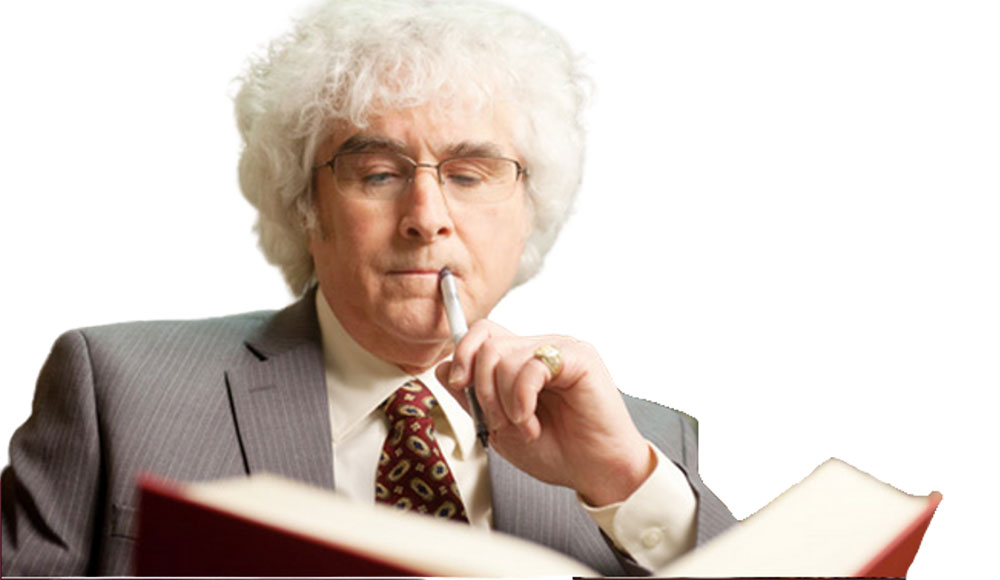
“All six of the United States Military Services, all 18 of the United States Intelligence agencies and all 34 of the United States Defense Department agencies,” he says. “That’s all the internal memos, the reports, all the meetings’ notes, all the telephone messages. They have to compile everything they’ve ever had, file it all, and put it into a digital format with a searchable index.”
Danny Sheehan’s Roots
Although he’s been a Santa Cruz resident for the last quarter of a century, Sheehan grew up in the small town of Glens Falls, New York (which he says had only 3,000 people at the time). It was the 1950s, a time when Americans were enthusiastic about their government, capitalism seemed to open up doors of endless possibilities and the future seemed set for the stars.
“It was one of those wonderful places to come from,” he remembers. “I learned right from the very beginning you could participate in things and make changes, not just be a spectator.”
Sheehan was accepted at Boston’s Northeastern University before transferring to Harvard University. He graduated in 1967 with a degree in American Government Studies and worked for Bobby Kennedy’s fateful 1968 presidential campaign. During that time Sheehan also attended Harvard Law School and graduated in 1970 with a Juris Doctor degree.
“I had Henry Kissinger for foreign policy and John Kenneth Galbraith [post-Keynesian economist and diplomat] for economics,” he says, adding that because of his education, transitioning from small-town politics to the national scale seemed natural.
However, his college years also opened his eyes as to how politics worked.
“Kissinger opened up his first lecture saying, ‘If there’s any man in this class who doesn’t believe our United States government doesn’t have the right to lie, cheat, steal or even kill to pursue our own self interests as a nation-state, you shouldn’t remain in this course.’”
Sheehan adds a laugh of disbelief.
“So I thought, ‘Whoa, this is really bad,’” he says. “I realized there was this antagonistic, dialectical dynamic that people in the national security state were trained to engage in.”
I WANT TO BELIEVE
Skepticism intact, he is working now to protect those who are afraid to speak out against the government and the whistleblower legislation NPI is trying to get passed into law.
For now, Sheehan hopes to close the gap between his generation and today’s youth concerning what he considers to be his life achievement in an illustrious career.
“This is going to have the most far-reaching impact on the future for everybody on the planet,” he says. “This is the most extraordinary piece of information in almost all of our human family’s history.”
Info: 8pm Saturday, 418 Project, 155 River St., Santa Cruz. $25.



